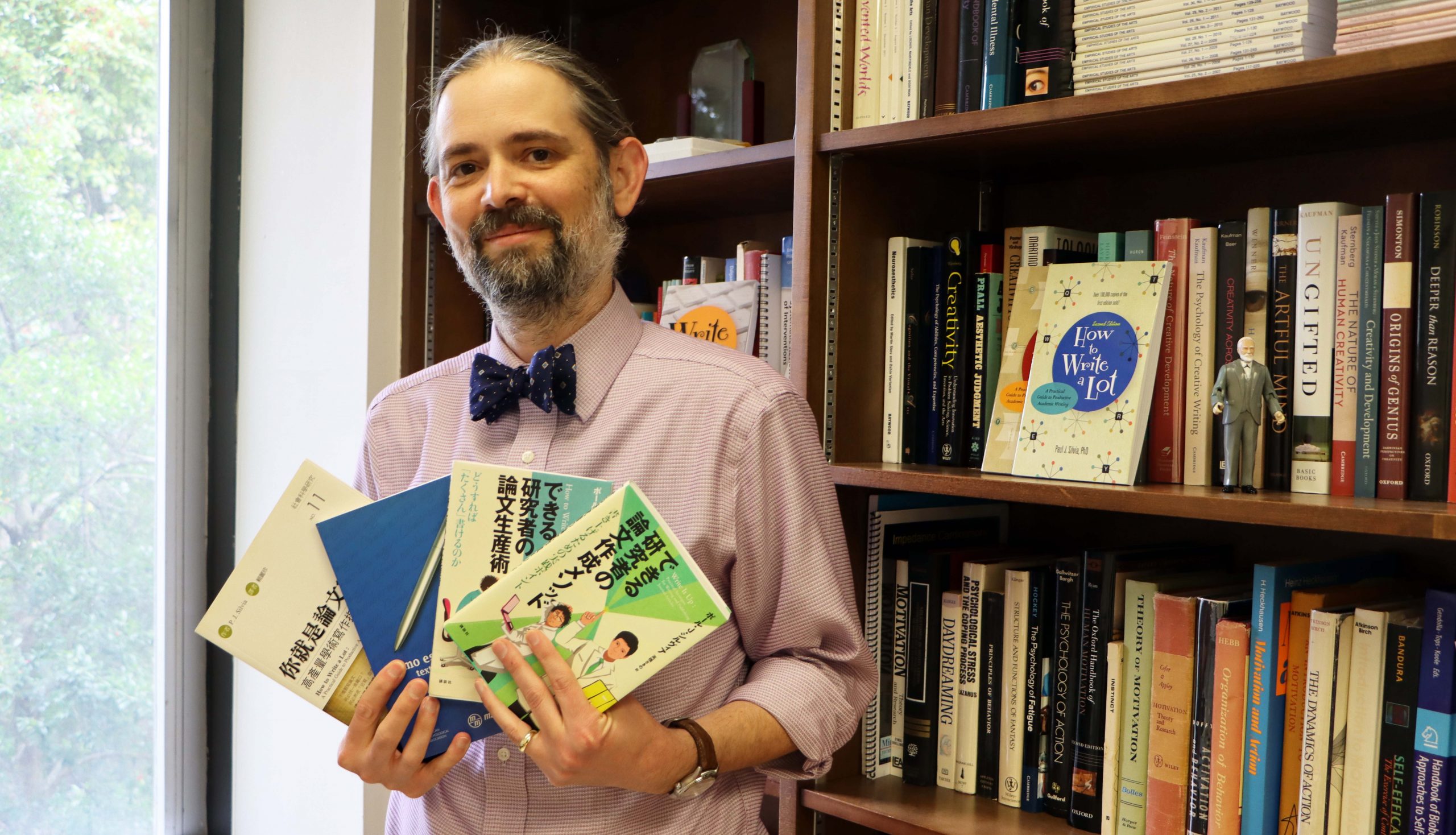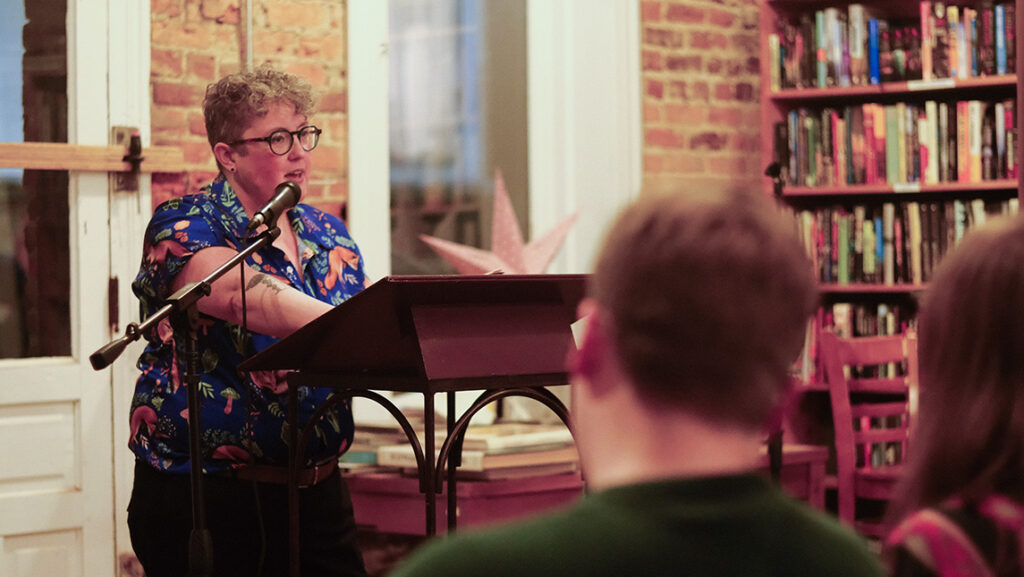
If you have ever tried writing anything longer than an email, you are likely familiar with what Dr. Paul Silvia refers to as the “cycle of hope and self-blame” that accompanies the writing process.
You say, “As soon as I find time, I’ll write this _____ (insert here whatever project looms large: your dissertation, blog, a grant proposal, or memoir of your dog).
Inevitably, you never find the time—or you do, but having sacrificed precious leisure time to binge-write over a weekend, in the evenings or during a break period, you dismay at how little you ultimately produce.
In his book “How to Write A Lot,” Silvia, a professor of psychology at UNC Greensboro, helps readers stop this vicious cycle with a simple, effective tool: habit. While it may sound counterintuitive, the behavioral psychologist and prolific writer himself advocates for making writing a lower priority in your life.
“If you think about the things people do consistently and effectively, they tend to be really low-priority, like loading and unloading the dishwasher,” Silvia said. “Habit takes all the drama out of writing. Once you have a solid habit for anything, there’s not this gritty deliberation, this exhausting need to constantly choose what’s good for you.”
As it turns out, the struggle to write is so widespread that since it was first published in 2007, “How to Write A Lot” has sold well over 100,000 copies and been translated into four languages: Spanish, Korean, Japanese and Chinese. In early March, Silvia recorded an audio version as well.
“At first I was mostly writing for psychologists and psychology grad students,” said Silvia. “But honestly that’s not who picked it up. My ‘people’ tend to be freaked-out humanities scholars and other academics. So for the second edition of the book [published in 2019], I made it for a broader audience.”
The book is slim and straightforward, stripping away all pretension commonly found in books on the topic. Silvia’s advice boils down to two key tasks: 1.) create a writing schedule, and 2.) Stick. To. It. It’s an approach he backs up with plenty of research and quippy anecdotes. Yet the book also covers how to write journal articles, books and proposals, while pausing to give helpful tips on finessing your writing style.
Perhaps most useful is the chapter titled, “Specious Barriers to Writing a Lot,” which calls into question many common reasons people give for not writing, such as “I can’t find time,” or “I write best when I’m inspired.” (It’s useful in that it provides ample opportunity for stern self-reflection.)
It should be noted, as well, that the book is really funny. Academics will particularly find themselves chuckling at inside jokes.
Yet even non-writers and non-academics would likely find the book helpful. The themes of procrastination and goal-setting are universal enough that all one needs to do is replace the word “writing” with “weight loss” or another elusive goal, and suddenly they’ve got a handy, lighthearted manual for how to turn an insurmountable ambition into a mundane task—as easy (and as irksome) as loading and unloading the dishwasher.
Article by Elizabeth Keri, College of Arts & Sciences






